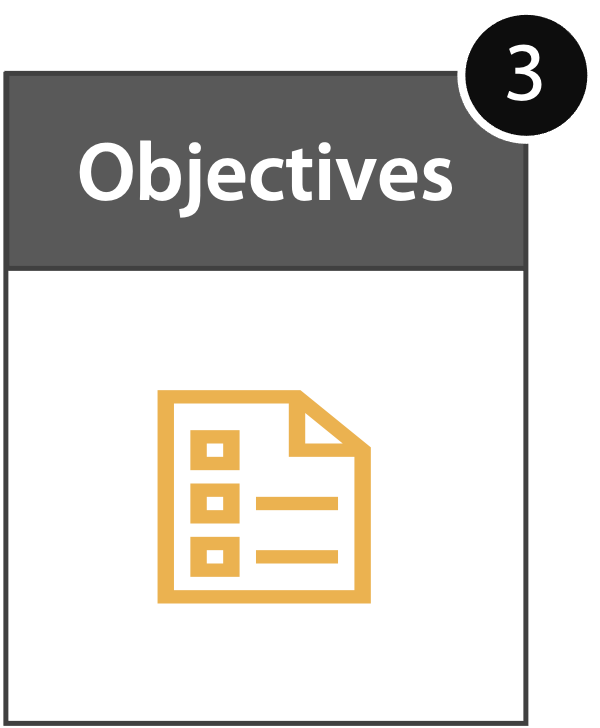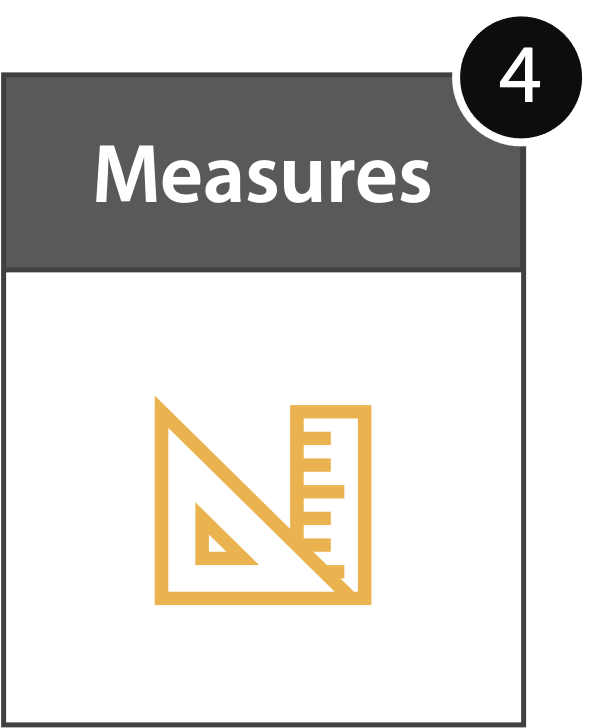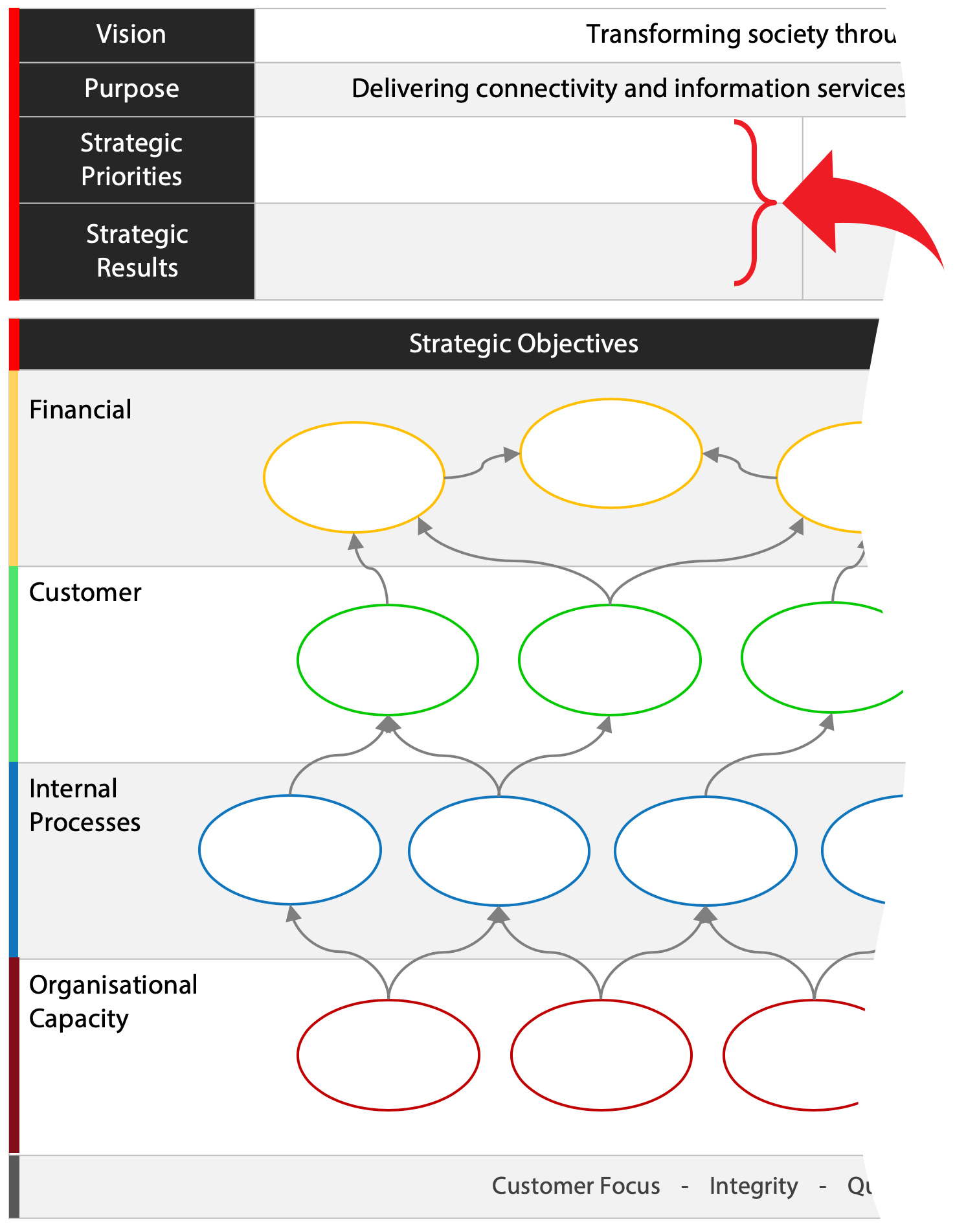Strategic Planning Process
Step Two - Assessment
Assess where you are now and decide what to focus on next
Why Assess?
You need to take a baseline to ensure what you do next improves your organisation or business. In the next step, you will be building a set of strategic objectives. These have to be based on improvements and new ideas that are suited to the current market. Without an assessment, you will be shooting in the dark. Furthermore, you will not be able to do everything. The assessment phase will allow you to prioritise the things you need to do rather than the things you want to do.
Three Strategic Priorities
Finding your strategic priorities takes time. To find the right priorities, we recommend you look at three areas and build a ‘wall of information’. This usually takes the form of brainstorming ideas on post-it notes and literally putting them all up on a wall! The three areas are:
1. Current Situation
There are several ways to look at your current situation, but generally speaking whatever method you choose, it will result in you breaking down your vision and purpose to find your strengths, weaknesses, opportunities and threats. What are you doing well? What are you doing not so well? Where could you do more? What’s holding you back?
2. Future View
Just looking at your current situation is not enough. Your vision and purpose will force you to look at the future of the business. Unfortunately, predicting the future can be very difficult. However, techniques such as asking your team to “place themselves in the future looking back” and imagining where – and how – the business has been immensely successful can help.
3. Value Proposition
The final most important thing to remember when thinking of strategic priorities is your value proposition. This is a collection of the most persuasive reasons why your customers, and potential customers, should be interested in what you have to offer. Again, a post-it note writing task may be good to find out what your team thinks is true – you may find examples such as ethical, responsive, premium pricing, error free etc.
Finally – Define your Priorities
Once you have your assessment, future thinking and value proposition sorted, you can move on to actually creating your strategic priorities. The aim here is to use all of your ideas to find three top priorities. Using all of the information above, move the post-it notes into groups that are similar, for example orient them around customers, products, operations, skills etc. Then use the words you have already written to write three statements of priority.
Why three?
Well, aside from being the magic number, countless research studies show that the Law of Diminishing Returns applies directly to prioritisation.
So, if you have:
- 2-3 priorities, you are likely to achieve 2 or 3
- 4-10 priorities, you are likely to achieve 1 or 2
- 10+ priorities, you are likely to achieve nothing
Once you have your three top priorities, give life to what they mean and how they should be implemented by the business. Use ‘outcome’ based language to write a strategic result for each priority.
To get the most out of this workshop download the Strategic Planning Workbook, the Strategic Plan Summary one-page presentation and the Strategic Plan Template from the Intrafocus website.








